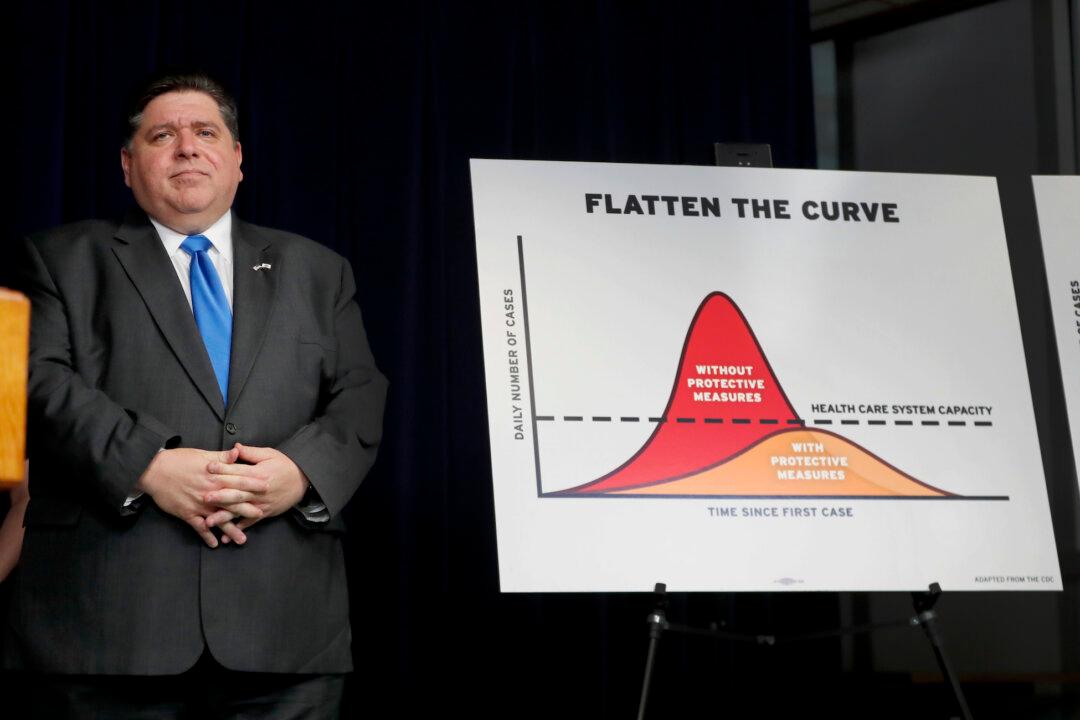Illinois Gov. J.B. Pritzker announced Friday afternoon a stay at home order for all state residents, except for essential activities, joining similar measures underway in New York and California in efforts to limit the spread of the CCP virus.
The order (pdf) will take effect Saturday at 5 p.m. and will expire on April 7. Schools across the state will remain closed until April 8. There are more than 12.6 million residents in Illinois.




